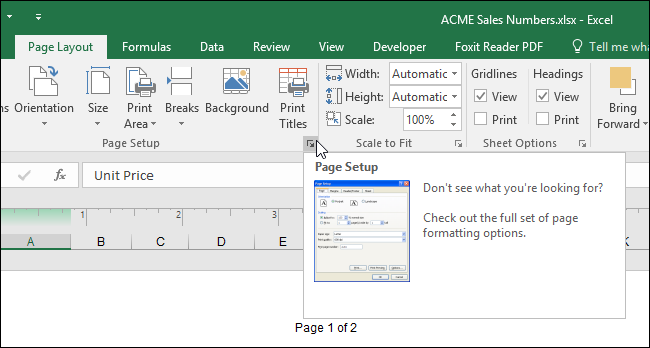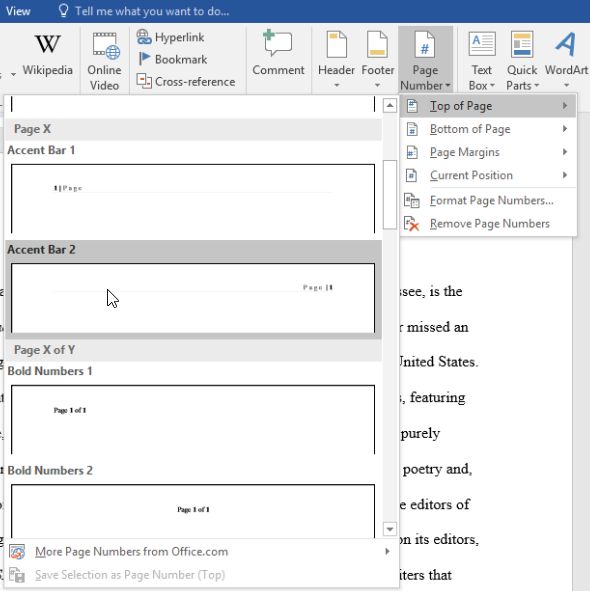
- #DIFFERENT FIRST PAGE FOOTER FOR EXCEL ON MAC 2016 FULL#
- #DIFFERENT FIRST PAGE FOOTER FOR EXCEL ON MAC 2016 CODE#
- #DIFFERENT FIRST PAGE FOOTER FOR EXCEL ON MAC 2016 MAC#
If you have selected that option and insert your watermark in the first page header (even though it actually appears as a floating graphic in the body portion of the page), it. If you have already set a header or footer and then check 'Different first page' the header/footer you set previously will become the header/footer for second and subsequent pages. the Header & Footer Tools tab (Word 2007 and later). There are five main differences with the Excel forms. in the headers and footers frame (Word 97 - 2003), or.
#DIFFERENT FIRST PAGE FOOTER FOR EXCEL ON MAC 2016 MAC#
We created a custom header in this example, but you can also create a custom footer in the same way using the “Custom Footer” button on the “Page Setup” dialog box. AFAIK all versions of Word since Word 5 including all Mac versions have allowed for the setting of 'Different First Page' for headers and footers in a section. In Microsoft Excel users can perform several different types of tasks such as transfer data from.
#DIFFERENT FIRST PAGE FOOTER FOR EXCEL ON MAC 2016 CODE#
Click Insert > Module, and paste the following code in the Module Window. You’re returned to the “Page Setup” dialog box. Active your worksheet which you want to insert herder or footer with a cell value, then hold down the ALT + F11 keys, and it opens the Microsoft Visual Basic for Applications window. To accept your changes and close the “Header” dialog box, click “OK”. Click the Collapse Dialog button next to the Rows to repeat at top: field. In our example, we'll repeat a row first. From here, you can choose rows or columns to repeat on each page.
#DIFFERENT FIRST PAGE FOOTER FOR EXCEL ON MAC 2016 FULL#
Please bring back the full editor capability of VBE to Mac Excel 2016, like we had in. Click the Page Layout tab on the Ribbon, then select the Print Titles command. The values available for this property are: The default value is All Pages. Note this property is not to be confused with the Page Header section. We’re going to add the filename to the center of the header, so click in the “Center section” box and then click the “Insert File Name” button. Click Insert > Header & Footer, and then under the Design tab, check Different First Page option, see screenshot: 3. The macros are opening and closing files to remove information. The page header and footer can be programmatically suppressed by making those sections invisible for page 1, but a simpler way is to use the obscure Page Header property at the Report level. To do so, click the “First Page Header” tab.Ĭlick in the “Left section” box, “Center section” box, or “Right section”, depending on where you want to put the content of your header.

However, for our example, we’ll add different text. For the first page of your spreadsheet, you may want to leave the header blank, which is the default. The “Header” tab is where you specify the header for all the pages after the first page, which, in our example, is the page number and the total number of pages.

Once you’ve turned on the “Different first page” option, you can customize the header for the first page of the spreadsheet and the header for the rest of the pages.


 0 kommentar(er)
0 kommentar(er)
